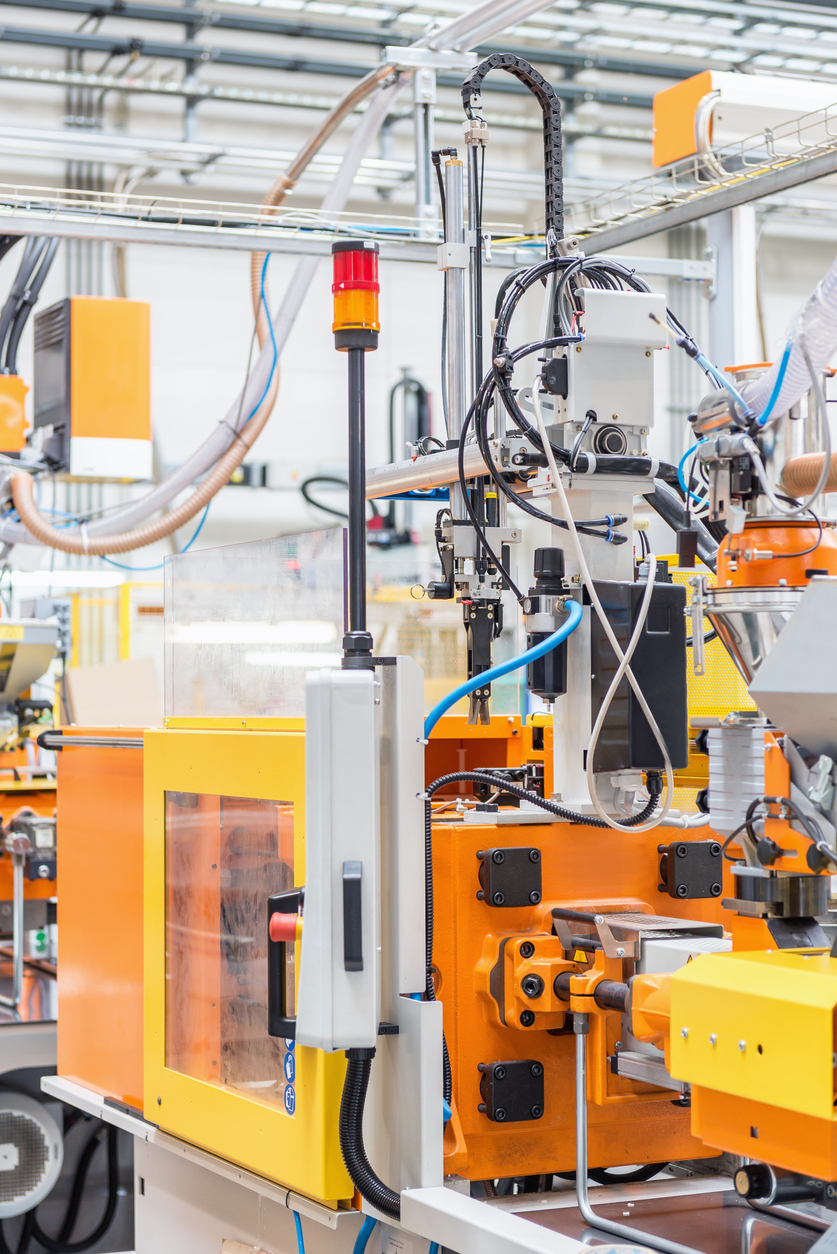
What is Metal Injection Molding? The MIM Process Explained
The demand for strong, lightweight, complex shaped components has been growing across industries over the past decade, from aerospace, to consumer electronics. That’s not a surprise with its ability to produce intricate parts in a variety of metals, including steel, stainless steel, and high-temperature alloys.
If you’re interested in learning more about the MIM process, you’re in the right place. Below, we discuss the step-by-step process, along with the advantages and disadvantages of the technology.
What is Metal Injection Molding?
Metal injection molding is a technology that combines plastic injection molding and powdered metallurgy to produce complex parts that wouldn’t be possible with traditional machining methods.
For a better picture of the actual process, we’ll break down the process into four steps, including:
- Compounding/Feedstock
- Injection Molding
- Binder Removal Process
- Sintering Process
4 Main Steps of the Metal Injection Molding Process
1. Compounding
The MIM process begins with feedstock preparation, where fine metal powder is blended with thermoplastic and wax binders. The blend is heated, causing the binders to melt. The material is mechanically mixed until all the metal powder particles are uniformly distributed within the binder. The mass is then cooled and granulated into feedstock that can be used in the MIM machine.
2. Injection Molding
If you’re familiar with plastic injection molding, you’ll have a good grasp of how MIM works. First, the feedstock is placed into the MIM machine, where it’s heated and injected into a mold cavity under high pressure. The ‘green’ part is then allowed to cool and removed from the mold so the process can be repeated.
3. Debinding
The part is now ready to move onto the debinding, or binder removal process. The majority of debinding takes place prior to sintering, leaving behind just enough binder to handle the parts into the furnace. After debinding, the part will be semi-porous, which allows the remaining binder to escape during the sintering process.
4. Sintering
During the sintering process, the brown parts are loaded into a high temperature, atmosphere controlled sintering furnace, where they are slowly heated to evaporate the remainder of the binders. Once all of the binders have been released, the component is heated, where it shrinks, transforming into a dense solid.
What's All the Hype About?
There’s a lot to be excited about when it comes to MIM. The technology has the ability to create parts for half of the cost of machining or investment casting. Not only that, MIM can:
- Create high strength end-products with complex geometries
- Provide superior corrosion resistance and surface finishes
- Work with a wide range of pre-alloys and master alloys
- Produce high-volumes of smaller, complex parts at a cost effective price
- Develop net-shape parts and components with minimal waste
Sounds great, right? Before you make a decision, it’s also important to check out the disadvantages too. Disadvantages of MIM include:
- Upfront costs are high, due to the design, testing, and tooling required.
- Parts must follow the basic rules of MIM, including
- Avoiding undercuts and sharp edges as much as possible
- Draft angles
- Running small amounts of parts is costly due to the complexity of the tooling
Is MIM Right For Me?
If you’re looking for a process that can manufacture high volumes of small, intricate parts, MIM may be a good fit for you. On the other hand, if you’re running smaller quantities of parts, a different technology may be more cost effective for you.
For further information, contact one of our experts.
